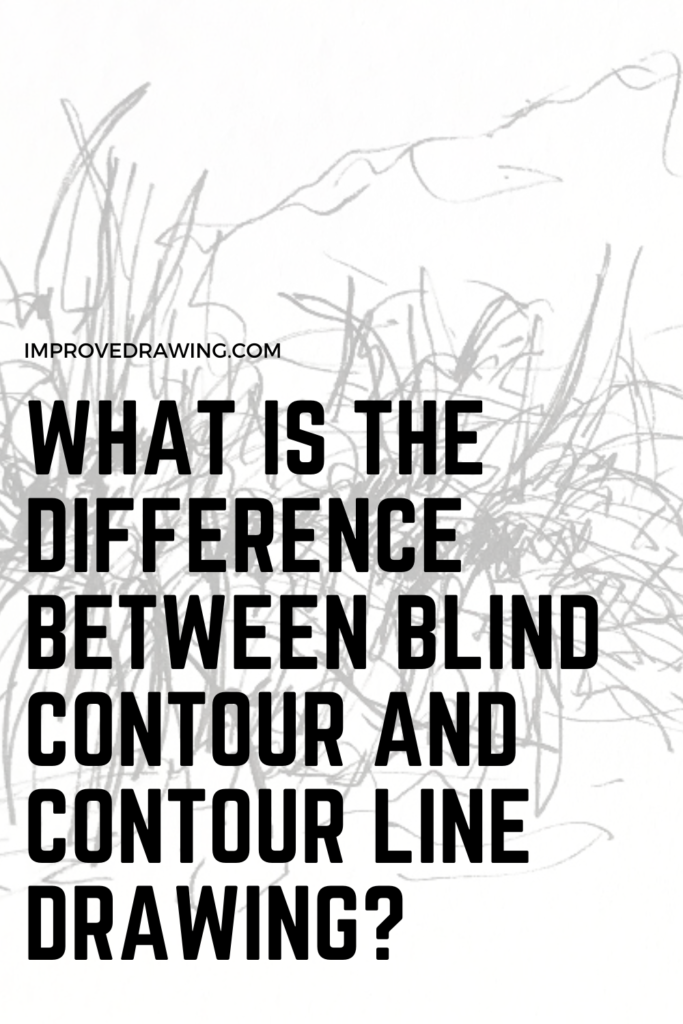
Guild officers supervised the number of apprentices, work conditions, and also materials (they bought in bulk, chose panels to work on). To become a Master, a painter had to submit a 'master-piece' to the guild as proof of competence. Only a Master could set up a studio in business, take pupils and employ journeymen. All painters had to join the guilds, unless they were in the personal service of a ruling prince. Originally, painters were in the same guild as physicians and apothecaries (pharmacists), in Florence, Italy. Guild - During the Middle Ages, tradesmen formed guilds for economic, social and religious purposes there were often several trades in one guild. In Christo and Jeanne-Claude's work, I see a kind-of Quixotic whimsy - when they wrapped the former Reichstag headquarters building in Germany, it seemed to me to be a poetic expression of victory over the former Nazi Third Reich tyranny. It is a very interesting process to watch, and I think is another example of how some contemporary art tries to enlist the participation of the public in the art-making process, or at the very least to familiarize the public with artistic motivations. They work with an army of workers to erect these works, and also work with the surrounding community to get permission and establish guidelines of what they can and cannot do, during which meetings they explain their artistic purposes to community members, and often the residents evolve from their initial reluctance to give permission, to becoming enthusiastic supporters. Christo' and Jeanne-Claude's work is various, usually temporary and site-specific, and ranges from "wrapping" an island or a building (such as the former German Reichstag headquarters), to erecting a very high "curtain" of fabric over miles of uninhabited (and inhabited) land. The origin of earth art may have been the environment-conscious '60's and '70's, but earthworks also refer back to ancient earthworks, such as the large Native American and other burial mounds. Some of these earthworks can be very large, measured in miles.

Two well-known earthwork artists are the husband and wife team of Christo and Jeanne-Claude, and Robert Smithson. But a huge pile of shoes in a room, to be walked through, to see the different types of shoes which resemble their former owners in personality and age, is to really experience the powerful emotions associated with such horror.Įarthwork - A type of contemporary art begun in the 1960's and '70's, which uses the landscape, or environment, as its medium, either by using natural forms as the actual work of art, or by enhancing natural forms with manmade materials. A photograph on the wall of such belongings would be an adequate representation of the horror of that time. Though this may not be officially a conceptual artwork, it has the characteristics of one, and perhaps was influenced by conceptual art. 2) In the Holocaust Museum in Washington, DC, there is a large collection of shoes which belonged to Nazi concentration camp victims. The traditional bronze statue of soldiers would not have been nearly as effective as a memorial to Vietnam veterans as it is, it has become a powerful catharsis for Vietnam vets, and also for the two war-era factions - the hawks and the doves - those who protested the war in the 1960's, and those who supported the Vietnam war. Two examples come to mind: 1) Maya Lin's memorial to Vietnam veterans in Washington, DC. Perhaps because our age and time demand a more interactive experience or because art had by the late 20th century become a 'commodity,' to be bought and sold like any other commodity, and artists felt a need to avoid this commodification. My feeling about a lot of the conceptual work I have seen is that it tends to be an experiential art, rather than the traditional 'passive' experience of viewing art on a wall or a pedestal.

Conceptual art tends to be created across artistic categories - for instance, mixing the mediums of photography, text, sound, sculpture, etc. It is possible for a conceptual art "piece" to not even be a tangible object - it may be an event or a process, which can't be seen itself, but the results of the event or process may be displayed in text or photographs, for instance. I think that conceptual artists also often think of the idea as the real work of art, rather than its concrete manifestation.

Also, the name of a contemporary art movement which is mainly concerned with this process of conceiving of and developing the initial idea, as opposed to the carrying-out of the idea into concrete form. Conceptual - Pertaining to the process involved in the initial stages of art-making (i.e., the initial conception, or idea).


 0 kommentar(er)
0 kommentar(er)
